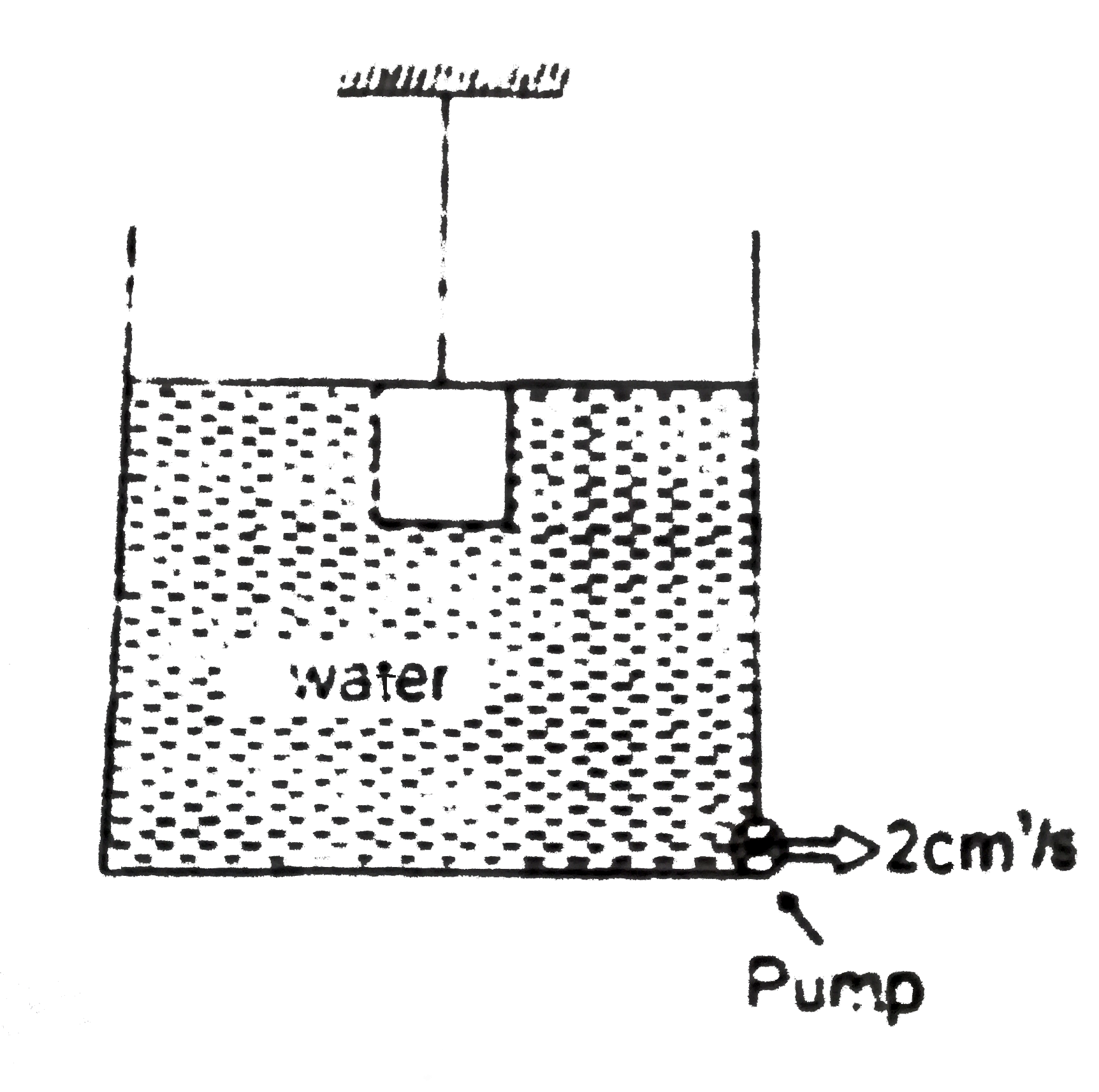The breaking stress of a wire depends on
material of the wire
length of the wire
radius of the wire
shape of the cross section
To determine what the breaking stress of a wire depends on, we can analyze the concept of breaking stress and its relation to different factors.
1. Understanding Breaking Stress:
- Breaking stress is defined as the stress at which a material fails or ruptures. It is a measure of the strength of the material.
2. Identifying the Factors:
- The question provides several options: material of the wire, length of the wire, radius of the wire, and shape of the cross-section.
3. Analyzing Each Option:
- Material of the Wire: The breaking stress is a material property, meaning it varies from one material to another. For example, steel has a different breaking stress compared to rubber.
- Length of the Wire: The length of the wire does not affect the breaking stress. Breaking stress is independent of the length; it is a characteristic of the material itself.
- Radius of the Wire: Similar to length, the radius does not affect the breaking stress. The breaking stress is defined per unit area, and while the cross-sectional area affects the total load a wire can carry, it does not change the breaking stress of the material.
- Shape of the Cross-Section: The shape of the cross-section also does not influence the breaking stress. While it may affect how the load is distributed, the breaking stress remains a property of the material.
4. Conclusion:
- Based on the analysis, the only factor that the breaking stress of a wire depends on is the material of the wire. Therefore, the correct answer is that the breaking stress depends on the material of the wire.
Final Answer:
The breaking stress of a wire depends on the material of the wire.
---
- Breaking stress is defined as the stress at which a material fails or ruptures. It is a measure of the strength of the material.
- The question provides several options: material of the wire, length of the wire, radius of the wire, and shape of the cross-section.
- Material of the Wire: The breaking stress is a material property, meaning it varies from one material to another. For example, steel has a different breaking stress compared to rubber.
- Length of the Wire: The length of the wire does not affect the breaking stress. Breaking stress is independent of the length; it is a characteristic of the material itself.
- Radius of the Wire: Similar to length, the radius does not affect the breaking stress. The breaking stress is defined per unit area, and while the cross-sectional area affects the total load a wire can carry, it does not change the breaking stress of the material.
- Shape of the Cross-Section: The shape of the cross-section also does not influence the breaking stress. While it may affect how the load is distributed, the breaking stress remains a property of the material.
- Based on the analysis, the only factor that the breaking stress of a wire depends on is the material of the wire. Therefore, the correct answer is that the breaking stress depends on the material of the wire.
The breaking stress of a wire depends on the material of the wire.
Topper's Solved these Questions
- SOME MECHANICAL PROPERTIES OF MATTERBOOK - HC VERMA ENGLISHCHAPTER - SOME MECHANICAL PROPERTIES OF MATTEREXERCISE - Objective-2
7 Videos
- SOME MECHANICAL PROPERTIES OF MATTERBOOK - HC VERMA ENGLISHCHAPTER - SOME MECHANICAL PROPERTIES OF MATTEREXERCISE - Question For short Anser
18 Videos
- SIMPLE HARMONIC MOTIONBOOK - HC VERMA ENGLISHCHAPTER - SIMPLE HARMONIC MOTIONEXERCISE - Question for short Answer
15 Videos
- SOUND WAVESBOOK - HC VERMA ENGLISHCHAPTER - SOUND WAVESEXERCISE - All Questions
133 Videos
Similar Questions
The breaking stress for a wire of radius r of given material is F N/m2. The breaking stress for the wire of same material of radius 2r is:
View SolutionTwo blocks of masses 5 kg and 10 kg are connected by a metal wire going over a smooth pulley as shown in the figure. The breaking stress of the metal wire is 2×109N m−2. If g=10ms−2, then what is the minimum radius of the wire which will not break

View Solution
Knowledge Check
The breaking stress for a wire of unit cross-section is called
Ayield pointBelastic fatigueCtensile strengthDYoung's modulus
Figure shows a cubical block of side 10 cm and relative density 1.5 suspended by a wire of cross sectional area 10−6m2. The breaking stress of the wire is 7×106N/m2. The block is placed in a beaker of base area 200cm2 and initially i.e. at t = 0, the top surface of water & the block coincide. There is a pump at the bottom corner which ejects 2cm3 of water per sec. Find the time at which the wire will break.

View SolutionThe breaking stress of a material is 108Nm−2. Find the greatest length of a wire that could hang vertically without breaking? Density of material =3000kgm−3.
View SolutionTwo blocks of masses 2 kg and 3kg are connected by a metal wire going over a smoother pulley as shown in figure. The breaking stress of the steel is 2×109Nm−2. What would be the minimum radius of the wire used if it not to break ? Take ,g=10ms−2

View SolutionSpecific resistance of a wire depends on its
View SolutionSpecific resistance of a wire depends on its
View SolutionHow does the resistance of a wire depend on its radius? Explain your answer.
View SolutionThe breaking stress for a substance is 106N/m2. What length of the wire of this substance should be suspended verticaly so that the wire breaks under its own weight? (Given: density of material of the wire =4×103kg/m3 and g=10ms−12)
View Solution
